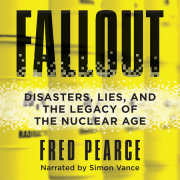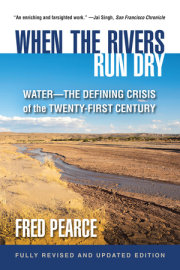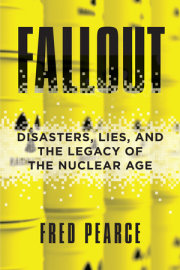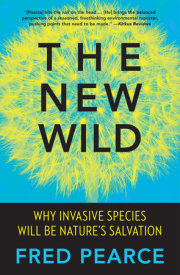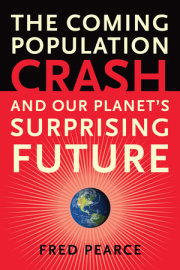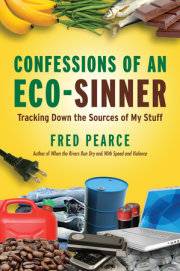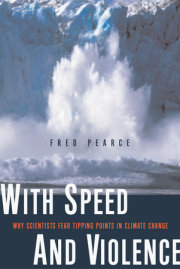A Note on Units
INTRODUCTION
Anthropocene Journey
PART ONE: THE DESTROYER OF WORLDS
CHAPTER 1
Hiroshima: An Invisible Scar
CHAPTER 2
Critical Mass: MAUD in the Nuclear Garden
CHAPTER 3
Las Vegas: Every Mushroom Cloud Has a Silver Lining
CHAPTER 4
Pacific Tests: Godzilla and the Lucky Dragon
CHAPTER 5
Semipalatinsk: Secrets of the Steppe
CHAPTER 6
Plutonium Mountain: Proliferation Paradise
PART TWO: COLD WAR AND HOT PARTICLES
CHAPTER 7
Mayak: “Pressed for Time” Behind the Urals
CHAPTER 8
Metlino: Even the Samovars Were Radioactive
CHAPTER 9
Rocky Flats: Plutonium in the Snake Pit
CHAPTER 10
Colorado Silos: Uncle Sam’s Nuclear Heartland
CHAPTER 11
Broken Arrows: Dr. Strangelove and the Radioactive Rabbits
CHAPTER 12
Windscale Fire: “A Cover Op, Plain and Simple”
PART THREE: ATOMS FOR PEACE
CHAPTER 13
Three Mile Island: How Not to Run a Power Plant
CHAPTER 14
Chernobyl: A “Beautiful” Disaster
CHAPTER 15
Chernobyl: Vodka and Fallot
CHAPTER 16
Chernobyl: Hunting in Packs
CHAPTER 17
Fukushima: A Scorpion’s Discovery
CHAPTER 18
Fukushima: Baba’s Homecoming
CHAPTER 19
Radiophobia: The Ghost at Fukushima
CHAPTER 20
Millisieverts: A Dose of Reason
PART FOUR: CLEANING UP
CHAPTER 21
Sizewell: The Nuclear Laundryman
CHAPTER 22
Sellafield: Stone Circles and Nuclear Legacies
CHAPTER 23
Hanford: Decommissioning an Industry
CHAPTER 24
Gorleben: Passport to a Non-Nuclear Future?
CHAPTER 25
Waste: Out of Harm’s Way
CONCLUSION
Making Peace in Nagasaki
Glossary
Acknowledgments
Notes
Index


